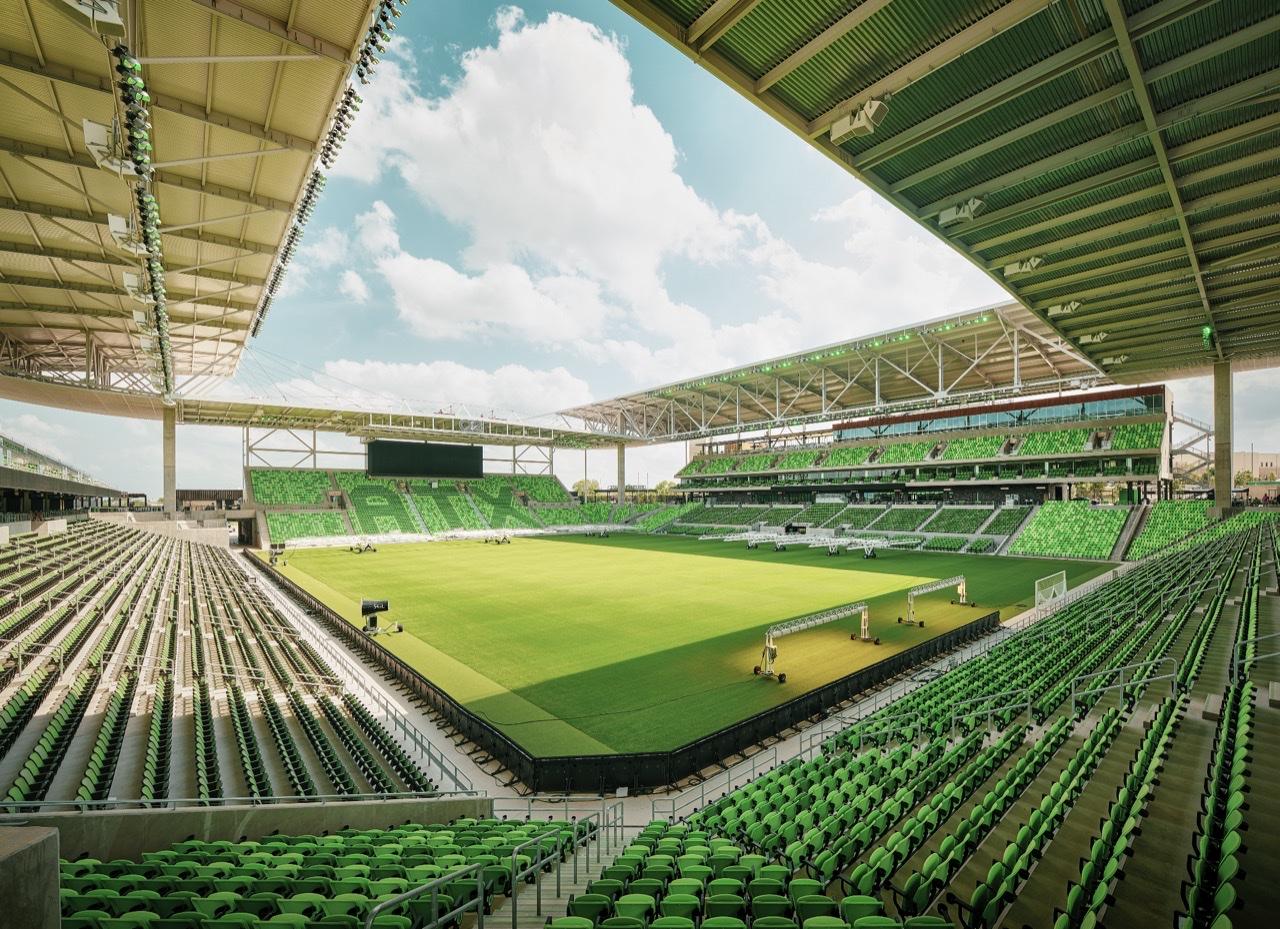- Chelsea Completes Signing of Kevin De Bruyne from Genk
- Soccer’s Popularity Soars: A Glimpse into America’s Future Sport
- The Evolution of the False Nine in Football
- Adidas Unveils FIFA World Cup™ Match Ball with Connected Ball Technology
- The Style Showdown: Liverpool Players at Andy Robertson’s Wedding
As we reflect on the changes to club football on the Old Continent, we realize that things have become a little more complicated. The European Cup, initially a straightforward knockout tournament exclusive to league champions, maintained this structure even with the inception of the Champions League in the 1992-93 season. However, now things are rather less simple, which anyone who has ever watched a Champions/Europa/Europa Conference League draw will attest to.
Bạn đang xem: Changes and Complexity in European Club Football
How does the Champions League work?
The Champions League is no longer just for champions and hasn’t been for over 25 years. The current system means that qualification is heavily weighted in favor of clubs from the ‘big’ leagues/countries at the top of the UEFA coefficient, which ranks leagues in Europe from 1st to 55th. The top four clubs from the top four leagues qualify directly for the group stages, which is where the money is. The champions from just the top 10 leagues are guaranteed group stage football, although the qualifying stages are divided into the ‘champions’ path and the ‘league’ path (for clubs who finished second or third in their respective leagues).
For context, last season, Newcastle United finished fourth in the Premier League, the top-ranked domestic league, and qualified directly for the group stages. Meanwhile, Atlétic Inter d’Escaldes (Andorra), The New Saints (Wales), FK Budućnost (Montenegro), Lincoln Red Imps (Gibraltar), and Tre Penne (San Marino) were the champions of the leagues ranked 51st to 55th and entered the competition in the preliminary qualifying round. To reach the group stage, they would have to win five two-legged knockout ties… None of them made it to the big draw.
The runners-up from the top six leagues go straight into the group stage, while those from the 7th to 15th ranked leagues have a chance to qualify, as do the third-placed teams from the 7th, 8th, and 9th best leagues. After that, eight groups of four teams play each other twice, with the top two teams in each group progressing to the knockout stages.
How does the Europa League work?
The UEFA Cup was rebranded as the Europa League for 2009-10 and now follows a relatively similar format to the Champions League, with qualification preceding a 32-team group stage, which is then followed by knockout rounds. However, there is an additional knockout round after the group stage and before the last 16, in which the eight group runners-up face the eight teams who finished third in their Champions League groups for a place in the next round.
The current format is for clubs from leagues ranked 1st to 15th, with the exception of teams who lose during different stages of Champions League qualifying, who drop into different stages of Europa League qualifying. Following the discontinuation of the Cup Winners’ Cup, domestic cup winners now play in the Europa League, with the cup winners from leagues ranked 1st to 6th guaranteed places in the group stages, along with 5th-placed teams from the top four leagues, the 4th placed team from the 5th-ranked league, and the winners of the previous season’s Europa Conference League (we’ll come to that in a moment). Everyone else has to qualify, although, unlike the Champions League, there are a maximum of two qualifying rounds.
How does the Europa Conference League work?
Xem thêm : 100 Fascinating Facts About Soccer
In terms of its format, the Europa Conference League is somewhere in the middle. Like the Champions League, there are multiple qualifying rounds (a maximum of four) and like the Europa League, there is a preliminary knockout round after the 32-team group stage. Unlike either of them, no team is guaranteed a place in the group stage. Everyone must qualify.
The Europa Conference League was created in 2021, theoretically as a European competition for teams from ‘weaker’ countries, yet teams from the ‘top’ leagues do still participate (e.g. the 6th-placed sides from the top four leagues (the EFL Cup winners in England’s case) go straight into the final qualifying round).
To put it simply, the higher the league is ranked, the later its participants start qualification. 20 teams eliminated from the early stages of Champions League qualifying will enter the second round of Europa Conference League qualifying, while teams eliminated from different stages of the Europa League also drop into the Europa Conference League at different moments.
Easy, right? Well, just as you’re thinking to yourselves, “thanks guys, I now understand it all,” get ready to update your knowledge as the format will change again in 2024.
What is the prize money for Champions League, Europa League, and Europa Conference League?
Finally, a quick look at the difference in prize money between the different competitions. No wonder some clubs celebrate Champions League qualification more than winning an actual trophy.
And now you know…
FAQs
Q: Can a team qualify for multiple European competitions in the same season?
Xem thêm : 3 Ways a Wet Field Can Pose Risks to Student Athletes
A: Yes, if a team finishes in a qualifying position for both the Champions League and the Europa League, they will participate in the Champions League. If a team finishes in a qualifying position for both the Europa League and the Europa Conference League, they will participate in the Europa League.
Q: Are there any restrictions on the number of teams from the same country participating in a European competition?
A: Yes, there are limits on the number of teams from the same country that can participate in each competition. In the Champions League, a maximum of five teams from the same country can play, while in the Europa League and Europa Conference League, a maximum of four teams from the same country can play.
Q: How are the coefficients used to determine qualification for European competitions?
A: The UEFA coefficients rank leagues in Europe based on their performance in European competitions over a five-year period. These coefficients are used to determine the number of teams each country can qualify for each competition.
Conclusion
European club football has evolved over the years, with changes in format and the introduction of new competitions. Understanding the qualification process for each tournament can be complex, but it adds to the excitement and drama of the game. Whether it’s the prestigious Champions League, the competitive Europa League, or the newly established Europa Conference League, each competition offers its own unique experience for both players and fans alike. So, next time you watch a European club football draw, you’ll have a better understanding of the teams’ paths to glory.
For more information on European club football, visit Pesstatsdatabase.
Nguồn: https://www.pesstatsdatabase.com
Danh mục: Sport






